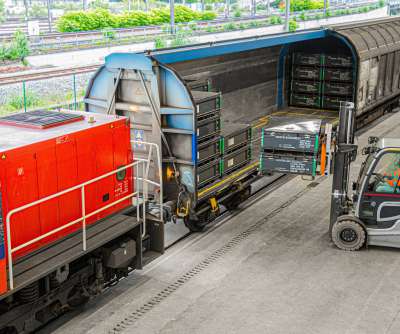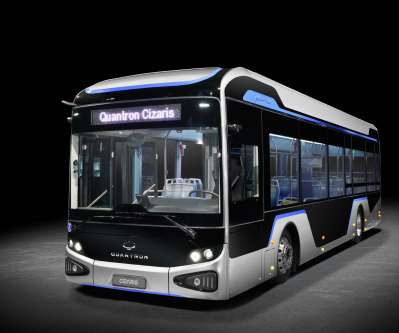Audi switching from truck to rail for battery delivery
Green Car Congress
JUNE 4, 2022
Wherever possible, Audi uses DB Cargo’s DBeco plus service—for example, currently for the legs of the route in Austria and Germany, the service sources power exclusively from renewable sources such as wind, water, or solar energy, making transport carbon-free. In Hungary and Belgium, Audi uses DBeco neutral.













Let's personalize your content